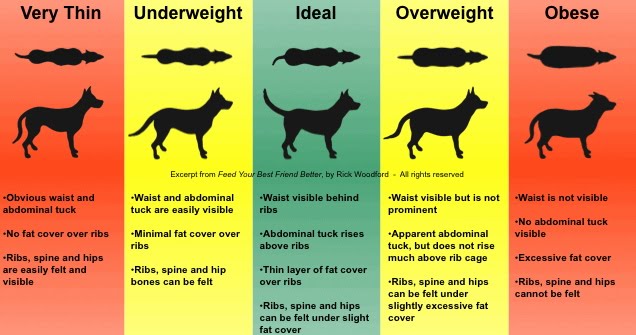
You can just use our BMI calculator for dogs and find out which weight category your dog falls under. Luckily, you don’t have to do all that yourself. You’ll need to consider factors such as the breed, age and sex of your dog as well. However, when calculating a dog’s BMI, it’s not as simple. The following simple formula is used to calculate a person’s BMI: Knowing your dog’s BMI will tell you if your dog (at their current weight) is considered underweight, normal, overweight, or obese.


It is most commonly used to determine if a person’s body weight is considered healthy, but can also be applied to our furry friends. It stands for Body Mass Index and is a measure of body fat, calculated based on weight and height 1. One way to determine if your dog’s weight is healthy is to calculate your dog’s BMI. Is my dog fat? 6 factors that impact a dog’s weight.Also, browse Kitten Nutrition and Feeding articles to learn more about the right food for your kitten to maintain a healthy weight.īrowse Hill’s kitten foods to discover the right nutrition for your kitten to maintain a healthy weight. Visit for tips on learning to exercise properly. If you notice your pet is gaining fat, you may want to ask your vet about feeding amounts, opportunities for extra playtime, or possibly a change in their pet food. Generally, weight gain is a simple matter of your pet eating too many calories without enough exercise. Weight loss can be a sign of more serious underlying health issues. If you notice that your pet is losing weight – and you’re feeding the recommended amount – you may want to schedule an appointment with your veterinarian as soon as you can. Once you are familiar with the differences along the BCS scale, there is no reason you shouldn’t be able to perform your own BCS tests at home between veterinary visits. Bony prominences are also visible with no sign of fat. There is no fat around your pet’s ribs, and they are visible to the eye. Little fat is covering the ribs, and they are visible without having to touch your pet. Bony prominences also have just a slight layer of fat. You can easily feel your pet’s ribs, but there is a slight layer of fat covering them. The ribs and bonier areas are difficult to feel with a thick layer of fat. Bonier areas like the knees are covered by a moderate to think layer of fat. Classifications of body scoring:Ī thick layer of fat makes your pet’s ribs very difficult to find.

If necessary, your vet can help you adjust the amount of food you are offering to help your kitten achieve an optimal BCS of 3. Your pet's body condition may be rated on a scale of 1 to 5 with 1 meaning very thin and 5 meaning obese. How are Body Condition Scores Measured?Īt each visit, your veterinarian will weigh your pet. Monitoring growth and weight can help prevent obesity or help you spot drastic weight loss before the signs are too far gone. What is Body Condition Scoring?īody Condition Scoring helps determine if a pet's growth rate and feeding amounts are correct. Of course, gradual changes in weight can be difficult to notice over time, which is why performing a simple body condition score (BCS) test once in a while can help you assess your pet’s weight needs before it’s too late. Keeping your pet at an ideal weight is an important way to stay a step ahead of potential health issues.


 0 kommentar(er)
0 kommentar(er)
